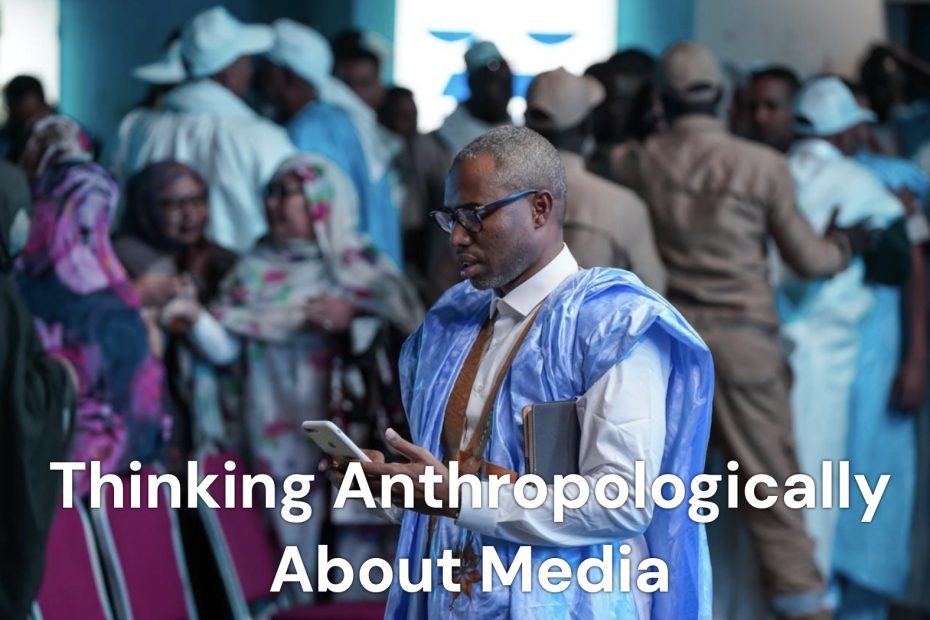Thinking Anthropologically about Media: The Media Technology Is Part of the Message
Have you ever thought about what media technology really is? Sure, we know all about cell phones, what you can use them for and how to operate them. The same may be true for TV sets, computers, cameras and other gadgets. They’re just things, stuff that we use. They mostly do what we want them to do and so we forget that they’re even there. Unless they cause you a problem or malfunction. Then we get angry and maybe shout at them.
Read More »Thinking Anthropologically about Media: The Media Technology Is Part of the Message




